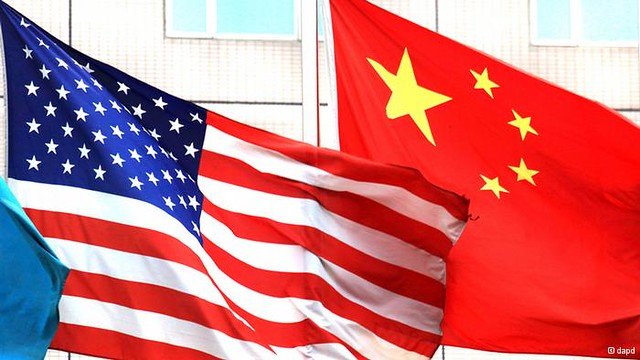US and China both are in the race for dominance. Despite the drive to dominate AI development, Biden’s adviser thinks the two countries must cooperate to manage concerns. In an unusual display of cooperation, the top science adviser to the president has announced that the United States and China will collaborate in the next months to ensure the security of AI systems.
The Director of the White House Office of Science and Technology Policy, Arati Prabhakar, told the Financial Times that despite trade tensions between China and the United States regarding artificial intelligence, the two countries would collaborate to assess its capabilities and mitigate its risks.

According to Prabhakar, Plans to work in conjunction with China on AI are in the works. “Steps have been taken to engage in that process,” and “We have to try to work [with Beijing].” Despite the increased economic tensions between the two nations, her remarks make it clear that they intend to work together to protect the quickly evolving technology.
In November, China signed the Bletchley Park agreement with the United Kingdom regarding technological standards. Concurrently, at a summit in California, US President Joe Biden and Chinese President Xi Jinping deliberated on the possibility of collaborating on artificial intelligence.

“We are at a moment where everyone understands that AI is the most powerful technology; every country is bracing to use it to build a future that reflects their values,” stated Prabhakar, who counsels Biden on matters such as AI policy.
However, she believes that our shared goal of establishing a secure and efficient technological foundation is an area where everyone can come together. She continued, “So I think that is a good place for collaboration.”
According to our report, leading US AI businesses, including OpenAI, reportedly met secretly with Chinese scientists earlier this month to explore new AI threats. Worries that AI would make systems more susceptible to cyber assaults and promote disinformation have surfaced in response to the technology’s rapid development.
The most effective methods for assessing the security of emerging AI systems are “not up to scratch,” according to Prabhakar, who criticized the technology’s inherent opacity and complexity.
“The tools to assess AI models, to understand how effective, how safe and trustworthy they are, are very weak today,” she said, adding that there is a growing global awareness of this fact.
To impede China’s capacity to develop cutting-edge technology like AI, the US has instituted export restrictions on semiconductors and related equipment, prompting the remarks.
Generative AI models can spit out human-like writing and content in seconds, and leading US, as well as Chinese tech companies, are in a rush to produce products powered by these models.
Each country has its policy on the regulation of domestic AI groups. For example, China has laid down specific rules for AI research and development, stressing the necessity to regulate content. In contrast, Biden tackled concerns about national security along with consumer privacy with a broad executive order about AI last October.
Although the US and China may have different views on some values and regulatory methods, Prabhakar stated that “there will also be places where we can agree,” such as worldwide safety and technical standards regarding AI software.
According to her, the US will continue to oversee AI development and has no plans to slow it down. Despite the lack of concrete legislation, the White House has come under fire for allegedly putting the US’s AI competitive advantage at risk by pushing too quickly to regulate the technology.
“In the United States, we understand that we’re in a moment where American leadership in the world depends on American leadership in AI,” Prabhakar stated.
The need to have transparent ways to understand and evaluate AI, she maintained, must be balanced since it is vital to both consumer trust and business acceptance. Even AI businesses in the US have acknowledged this requirement. The people who push for regulation the most are the ones who drive technology inside organizations, according to Prabhakar.
Collaboration in artificial intelligence is “not goodwill or charity; it is a hard-nosed calculation,” according to Ryan Hass, director of the Brookings Institution’s China centers.
He said, “Given how fast the technology is developing, there is an impetus to try to do something now. It will be important for both sides early on to demonstrate that the dialogue can generate results.”




